I’ve enjoyed photos of collectors’ gardens with plants displayed and tagged for identification, and while I’ve considered tagging in some inconspicuous manner to compensate for my forgetfulness, my eye prefers a less formal presentation. This garden has been laid out a bit at a time with no formal design, and while there are numerous collections, I don’t believe any visitor has left thinking this is only a garden of collections.
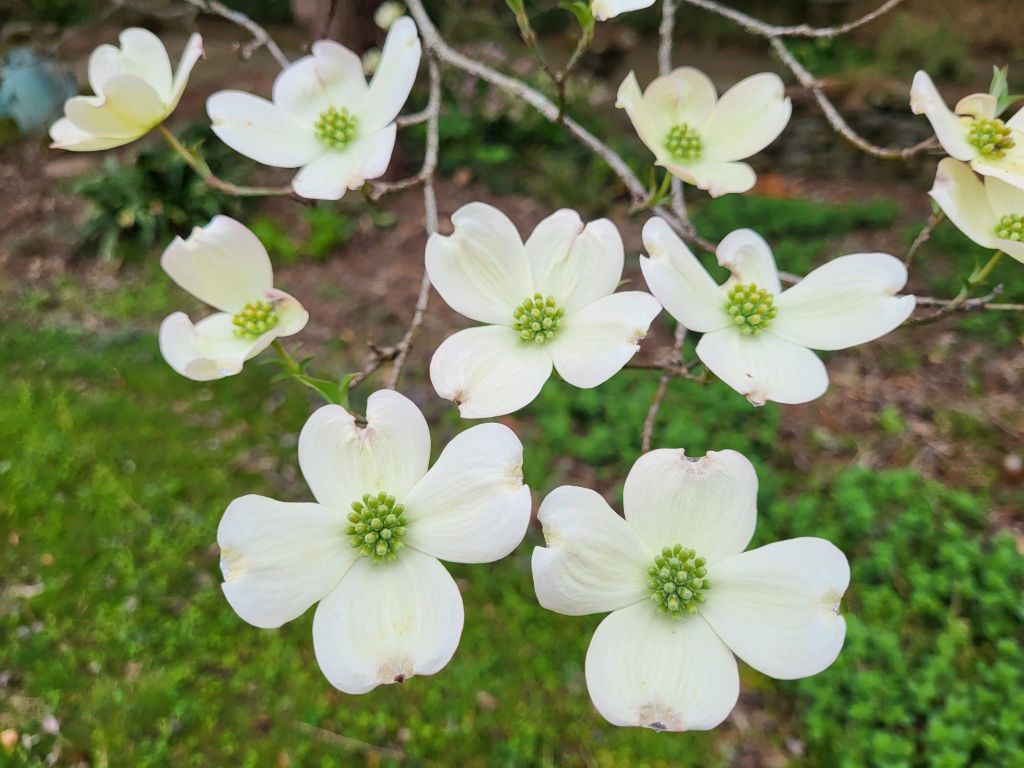
Undoubtedly, there are more trees than should be crammed into a garden of this size. Several dozen Japanese maples and a dozen or more redbuds are scattered about the acre and a quarter, but there are also a good number of dogwoods, including natives, kousa, and hybrid varieties.

In recent years, two Pagoda dogwoods (Cornus alternifolia, above) were planted after I was inspired by discovering several along the Appalachian Trail. These have grown splendidly, filling voids that irritated me. I’ve searched to add variegated Pagodas, but all have been too small to consider. Still, I planted a ‘Golden Shadows’ that will someday grow to irritate my wife when it obscures the view from the kitchen window.


While native Cornus florida varieties suffer a number of problems, none have proved to be fatal or overly disfiguring. Every spring, I am disappointed by blemished flowers of our most prominent dogwood in the front garden, but it has survived through decades of black spotting and cankers. A weeping dogwood has struggled beneath the canopy of a Japanese maple for decades, and while it serves little purpose I haven’t the heart to remove it.

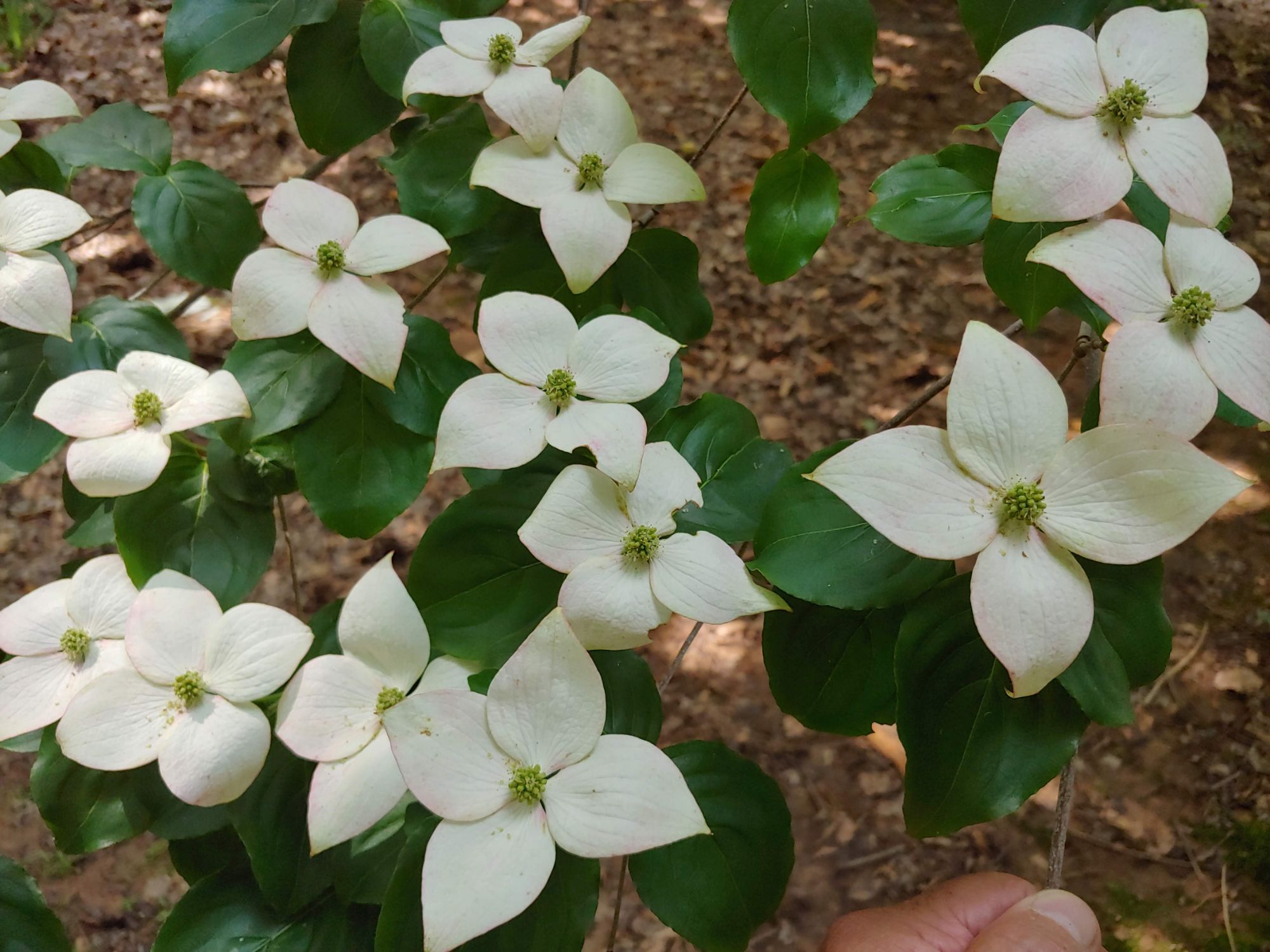
Most dogwoods planted in recent decades have been kousa and hybrid varieties, none of which suffer the native’s problems. The newest additions, the weeping ‘Elizabeth Lustgarten’ and pink flowered ‘Scarlet Fire’ (below) are thriving, and flowers of ‘Scarlet Fire’ are truly pink while flowers of ‘Satomi’ and ‘Stellar Pink’ have no more than a pink blush.




The collection of hydrangeas is notable for multiple failures but also successes. Oakleaf (Hydrangea quercifolia, above), panicled (H. paniculata, above), and smooth hydrangea (H. arborescens) perform with hardly a care, though seedlings from a long established ‘Tardiva’ must regularly be managed. Bigleaf, mophead varieties (mostly H. macrophylla) are the question, with multiple trials through the years as I hope to discover ones that flower dependably as winter temperatures often damage flower buds. The search continues, though I’ve concluded that varieties with lacecap flowers are much sturdier.


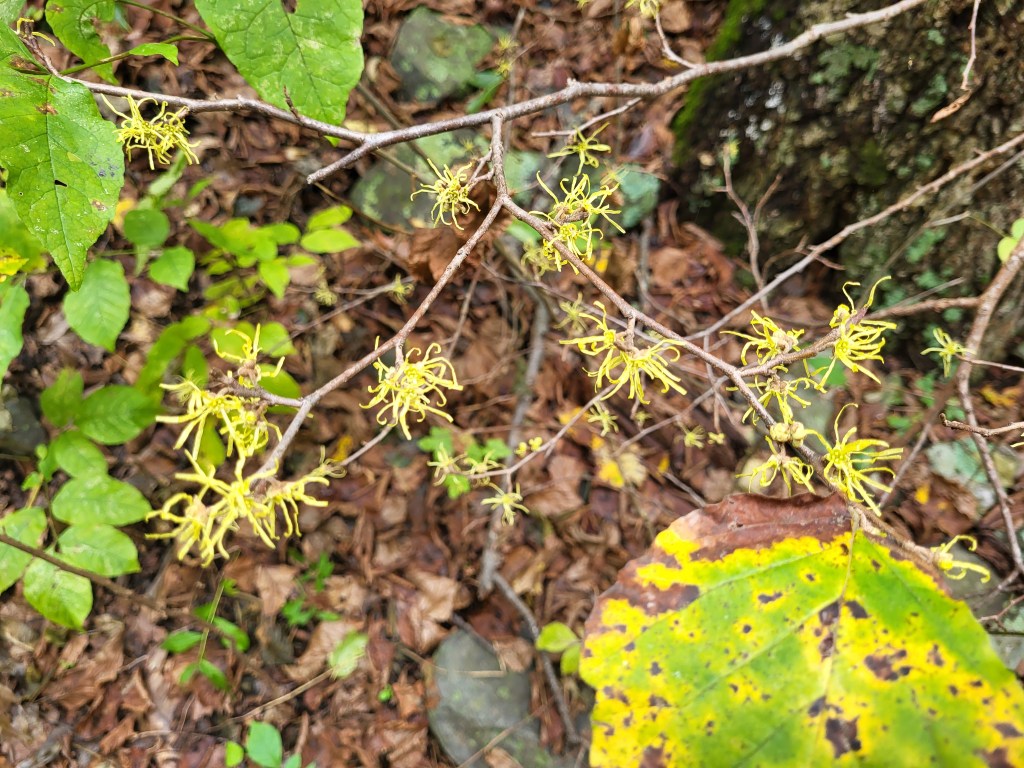
Unfortunately, shade and damp ground limit the number of winter flowering witch hazels (Hamamelis) that I can plant. While our native common witch hazel (H. virginiana, above) tolerates both shade and dampness, it is less showy with flowers in October that are often accompanied by a full head of foliage.
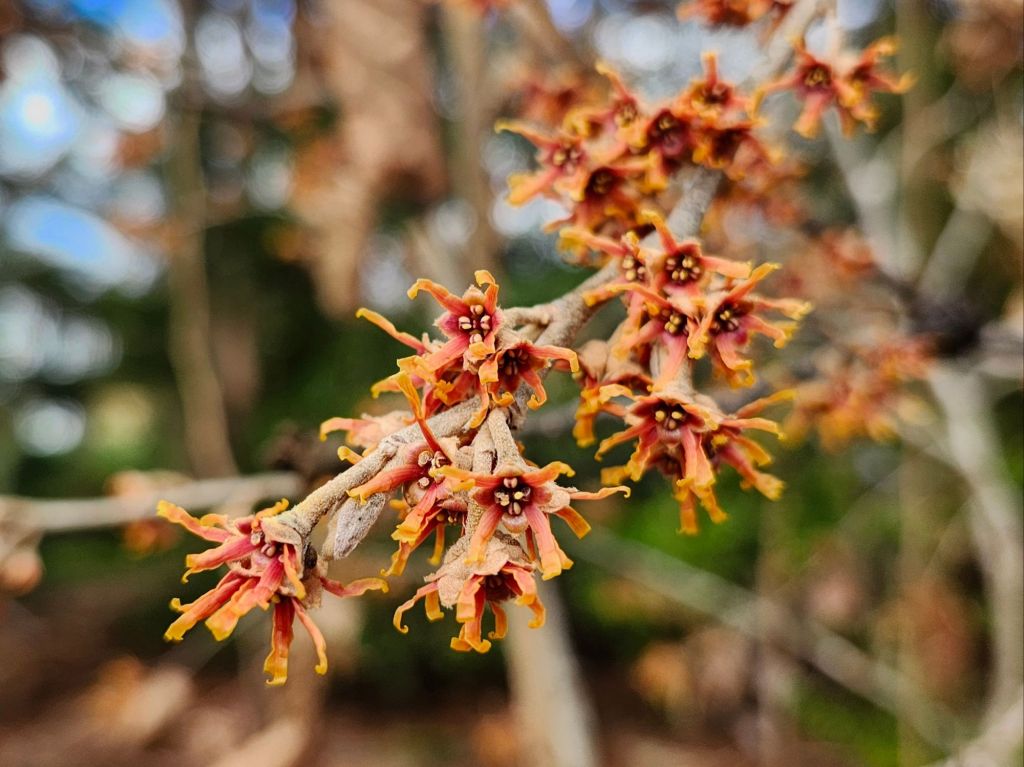
The small blooms of vernal witch hazels (H. vernalis, above) are greatly appreciated through January, but February flowering hybrids (Hamamelis x intermedia, below) provide the biggest and brightest display.




Today, we end with the relatively small collection of azaleas. There are handfuls of evergreen azaleas, mostly reblooming Encore varieties, but it is the mostly fragrant, deciduous azaleas that have become a favorite. I can not understand their lack of popularity as many in this garden flower in yellows, oranges, and reds that rise to nearly twenty feet against a background of hollies and camellias.
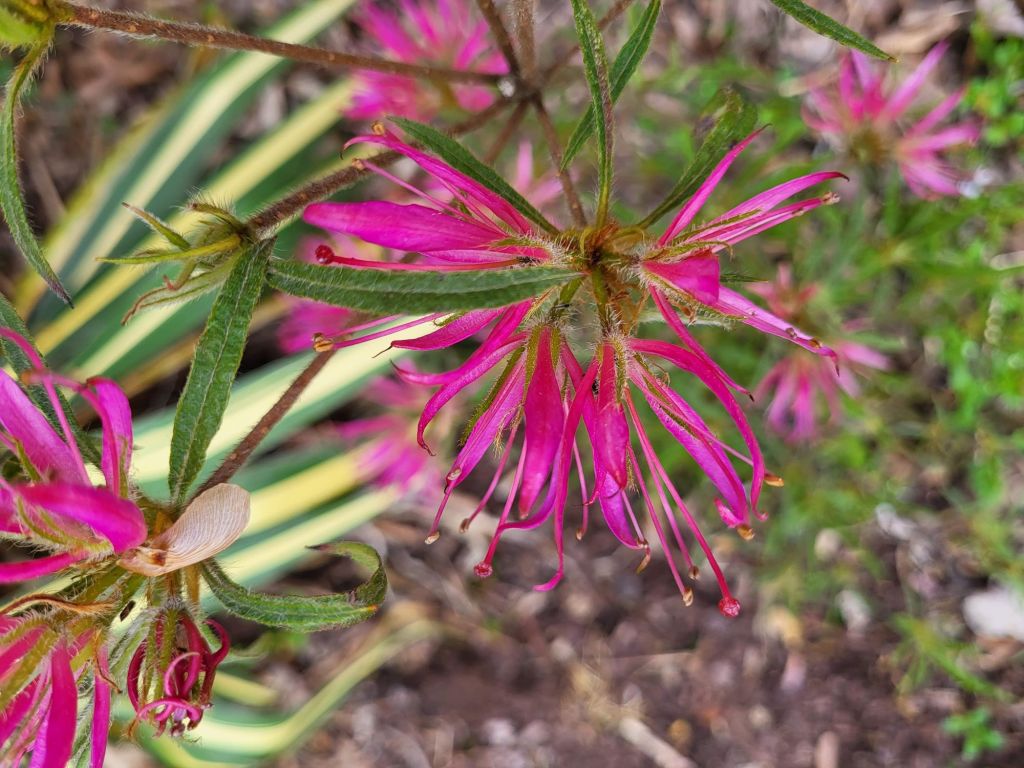
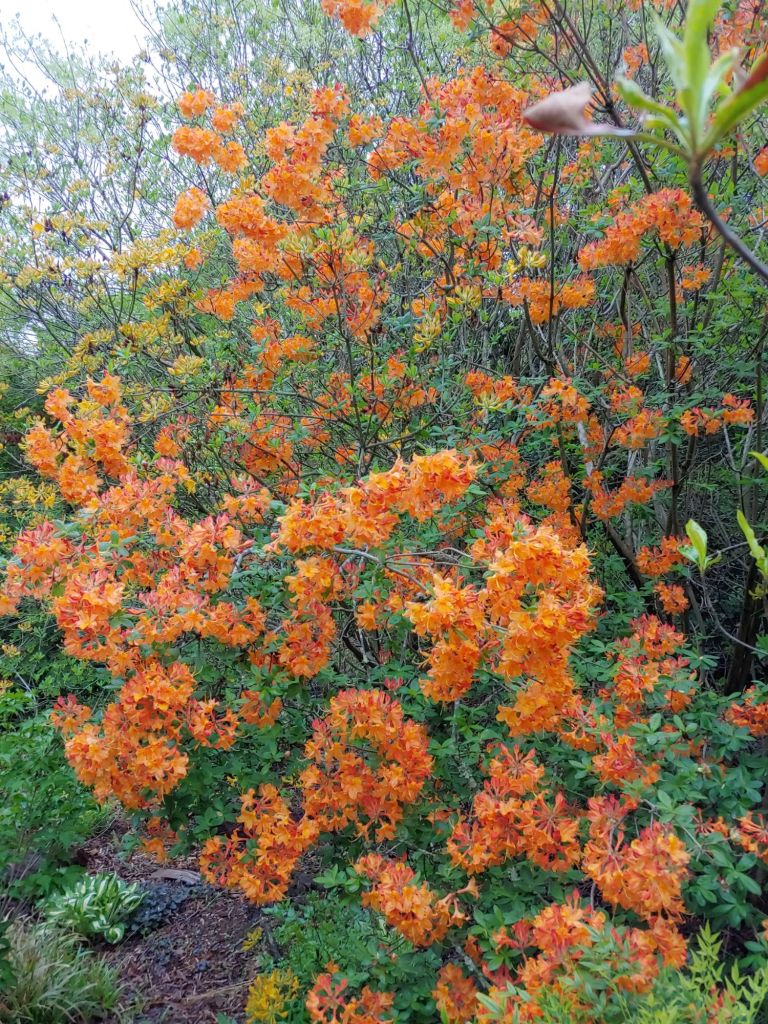
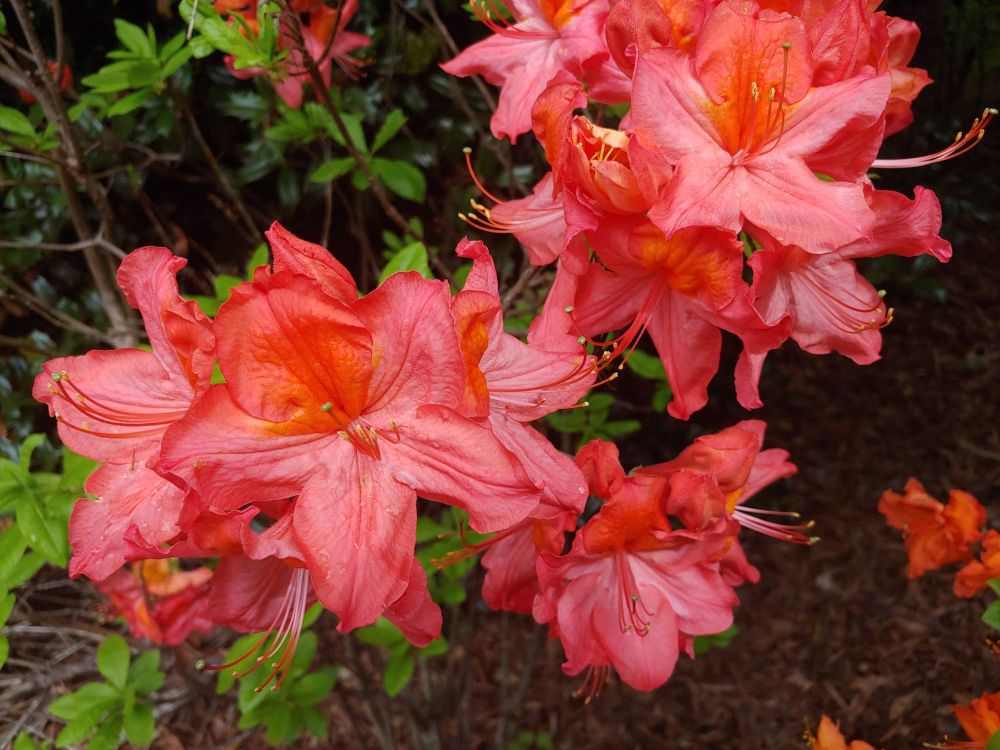


Next, magnolias, pieris, calycanthus, and orchids